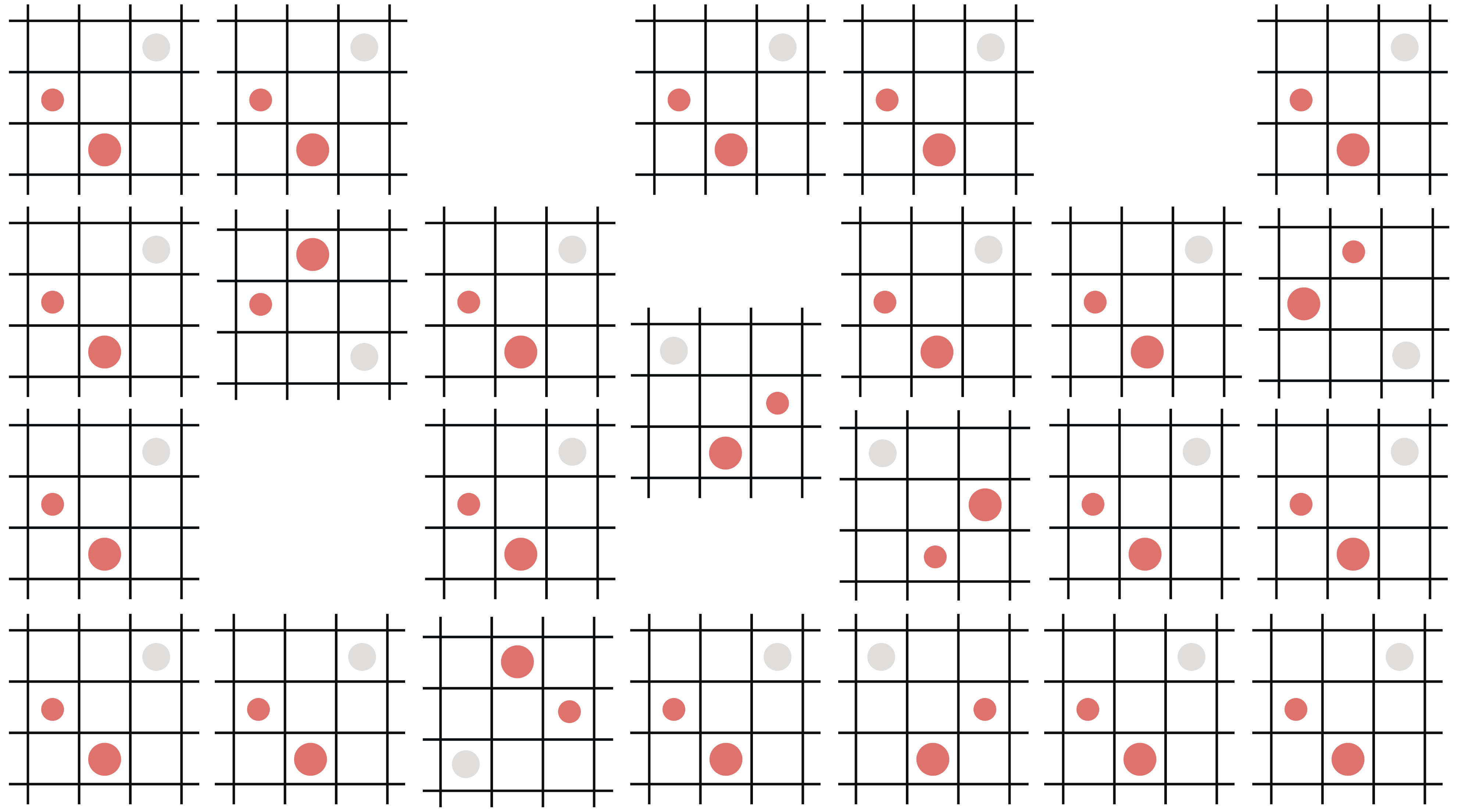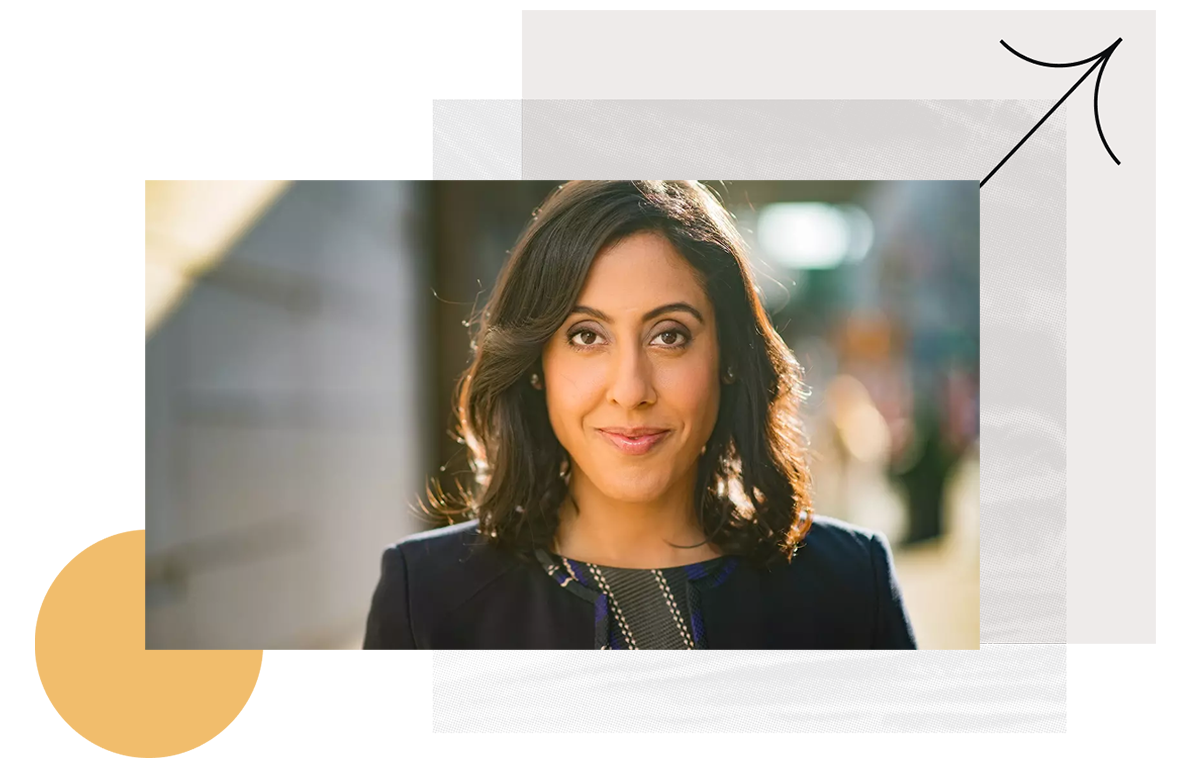Why I joined Asana: Sara Kremer, Product Design Manager
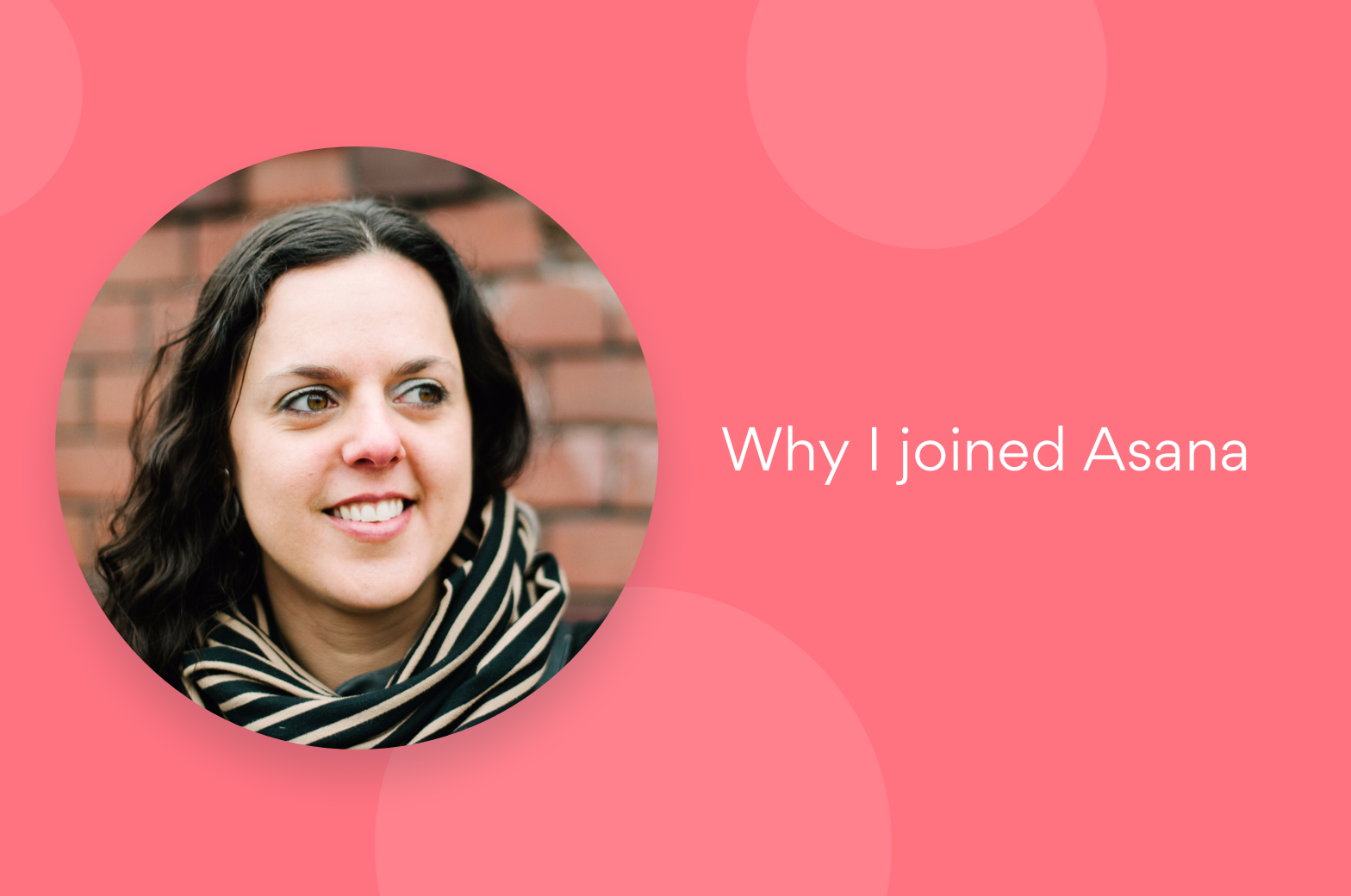
Welcome to our new series, “Why I joined Asana”! Every month, we’ll be talking with Asanas across all our teams and offices—from Dublin to Sydney—to get to know the people inside the company and learn why they chose to work here.
At Asana, our Product Design team plays a critical role in finding the sweet spot in form, function, and beautiful design, working very cross functionally with Product Management, User Experience Research, Brand Design, and Engineering.
Sara Kremer is a Product Design Manager in our San Francisco office. Her passion for teamwork and collaboration shows up not just in how she thinks about designing the product, but in how she’s building and growing her own team. Read more about Sara and her journey to becoming a part of #teamasana.
How did you become interested in working at Asana?
Asana was a company that had been on my radar for years. I’d used Asana for personal to-do lists and in professional contexts to collaborate with designers on my team at past companies. I even used Asana to plan my wedding. I already had a lot of love for the product.
Plus, I had a lot of respect for Asana’s Design team, who’ve been on my radar since their redesign in 2015. I love their illustration style and celebrations. And it’s not just me—Asana is a brand that is loved by its users.
Additionally, I’d heard that Asana is a great place to work, and from what I knew, Asana’s company values were very in sync with my own.
Whenever I’m about to start a new job search, I take a moment to reflect and clarify what’s most important to me in my next role. Asana checked all of these boxes and more.
I want to work for a company that is committed to using technology to align with humanity’s best interests.
Quality design and product
I target companies with a love and respect for design and product, that uphold exceptional standards and have a high quality bar, while building something people really need. Asana’s quality bar and standards for design are incredibly high.
It is a company that designers around the world look to for inspiration on interaction patterns and visual design trends. The opportunity to help to continue to grow design at Asana and work for a company that already values design was incredibly enticing!
A mission and vision that resonates with me
Asana’s mission of Helping humanity thrive by enabling teams to work together effortlessly resonates with me. Asana is committed to removing work about work, and promotes “Time Well Spent,” which is something I value highly.
I’m not interested in working for a company that uses addictive design patterns that knowingly eat up people’s time, just so people stay on their site longer. I want to work for a company that is committed to using technology to align with humanity’s best interests.
A strong senior leadership team
It’s important for me to work with leaders who are supportive, empower their people, believe in transparent communication, and have a record of success. Asana’s Glassdoor reviews ensured me that Asana employees have a lot of respect for their CEO. Literally 100% of employees approve of the CEO.
Great culture
I was looking for a place where decision-making is distributed, hierarchy helps versus hinders, and there is a ton of room to have influence. It’s also especially important to me that a company is fostering a supportive environment with a commitment to diversity, and where women can succeed.
Outside of work, I’m an electronic music producer and DJ, and I want to work somewhere where people have passions outside of their day job. Throughout my interview process, as I started to dig deeper, I read about AoRs and the pyramid of clarity. I also spoke with a friend who already worked at Asana and he shared with me how much these values were evident in his day to day work. This wasn’t just an ideal, it was practiced.
Career and personal growth
Asana is a place where I know I can continue to grow my skills as a manager and have increased responsibility. An environment where my growth is supported and there are lots of mentors to learn from.
Opportunity to have an impact
I’ve found my sweet spot, which is working at startups greater than 200 but less than 1,000 people and in high-growth stage. This size and stage of growth is exciting to me, as it gives me the chance to tackle invisible design, – things like organizational and communication challenges, helping to grow influence and give design a seat at the table, and improving processes to help the team work more effectively. I nerd out on that stuff. I was excited to work on a SaaS product with a large and growing customer base.
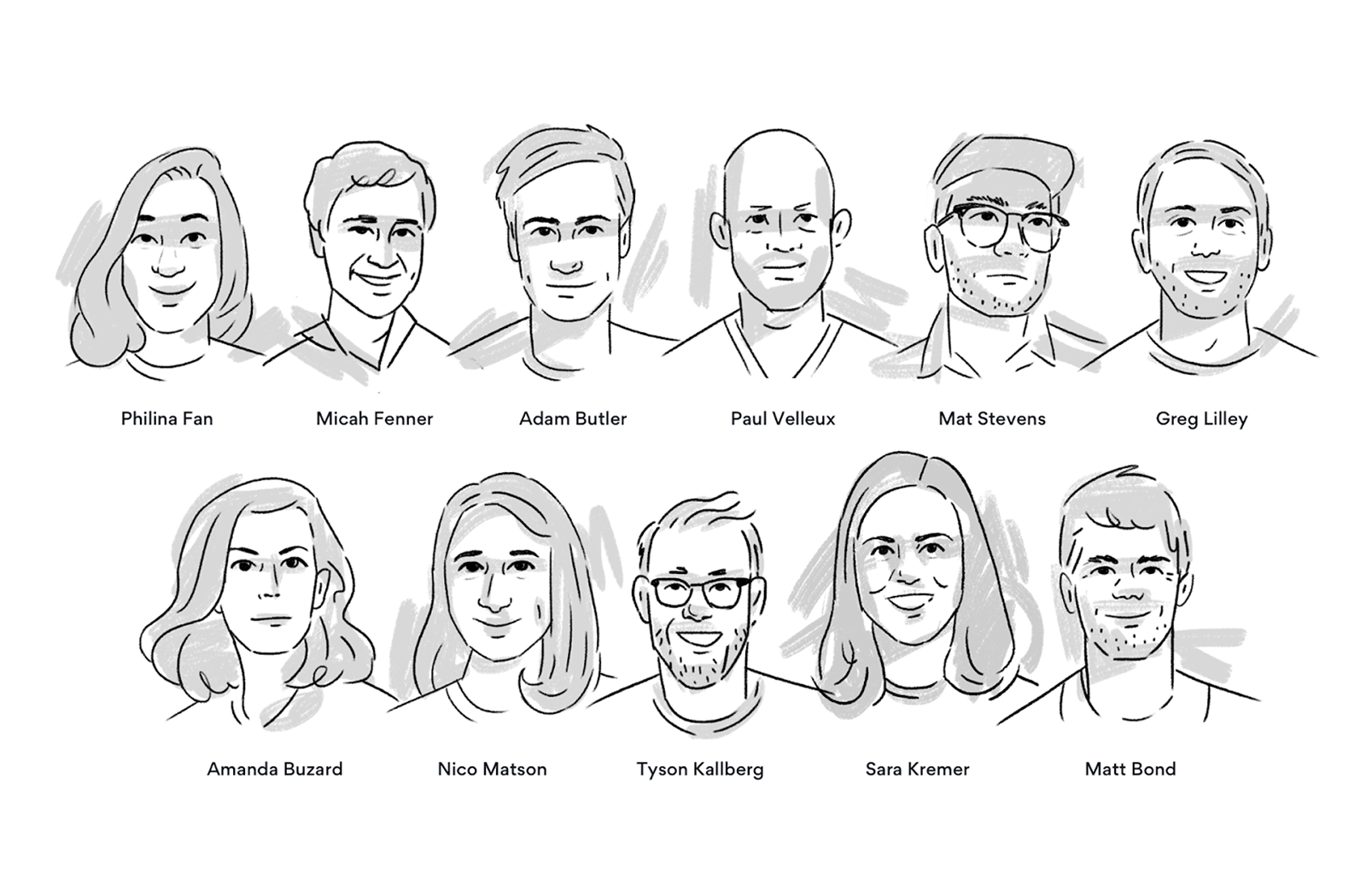
What team are you currently on, and what are some of the most interesting aspects of your role?
I joined Asana two months ago as a Product Design Manager and Design Pillar Lead. In my role:
- I coach, mentor, and manage Product Designers on my team.
- I work closely with PM and Engineering pillar leads to define goals, objectives, and the roadmap.
- I help to guide the design vision and strategy, and work with designers to ensure that we ship a high quality, cohesive product.
- I collaborate with fellow design leads to create processes (design and otherwise), and things like design systems that create a foundation for the team.
I’m especially excited to be working closely with my PM partner Jackie Bavaro, who is known in the industry for writing Cracking the PM Interview. It’s been amazing to collaborate with her, and the many other talented people on the team. There are lots of interesting features we are currently working on, and plenty of exciting things on the roadmap for the coming year.
What’s it like to use Asana the product everyday?
There is no other company I’ve worked for where I’ve been as excited to use the product throughout my whole day, every day. Dogfooding at Asana isn’t as painful as it can be at other companies. The product is well-designed, and its features enable a different kind of collaboration.
Since I’ve started, I’ve been impressed at how we use the product internally at Asana. It leads to a unique workflow where I have close to zero messages in my email inbox and use Asana for nearly everything: note-taking, communicating, and staying in sync with the work my team is doing.
I like that I can follow up on whether work is done by seeing the status and completion of tasks. That makes me feel like I don’t have to nag people as much to get back to me. I truly hate writing the, “Any thoughts on this?” follow-up email—at Asana, I never have to do that. The transparency of the product helps keep us all in sync.
What was your journey to becoming a Product Design Manager?
I learned web design while I was a Communications major at Northwestern. After graduating, I had a short career as a television producer and video editor. The intersection with Product Design came when I joined Avid, a company that builds professional video, audio, and broadcast software.
Essentially I was designing a lot of the same software that I had used in my film school education and career as a video editor. I’m very thankful that they gave me a chance, and also had the vision to see a career path for me that I couldn’t quite see yet. When they made me an offer, I remember my manager at the time saying “We like you. You have some visual design chops. You already know our software. And as far as UI and UX goes, we think we can teach you the rest.”
For the past 10 years, I’ve been designing products ranging from consumer to SaaS, and for industries ranging from music and entertainment to productivity software and construction. I’ve helped design apps for companies like Eventbrite and SoundCloud, and worked for SaaS companies like Avid and PlanGrid, where I recently was working on collaboration software for the construction industry.
As a designer, I was an individual contributor, managed interns and contractors, and then grew into a Design Lead role before becoming a people manager. For the past few years, I’ve been passionate about leading and managing teams, as well as helping elevate design within companies.
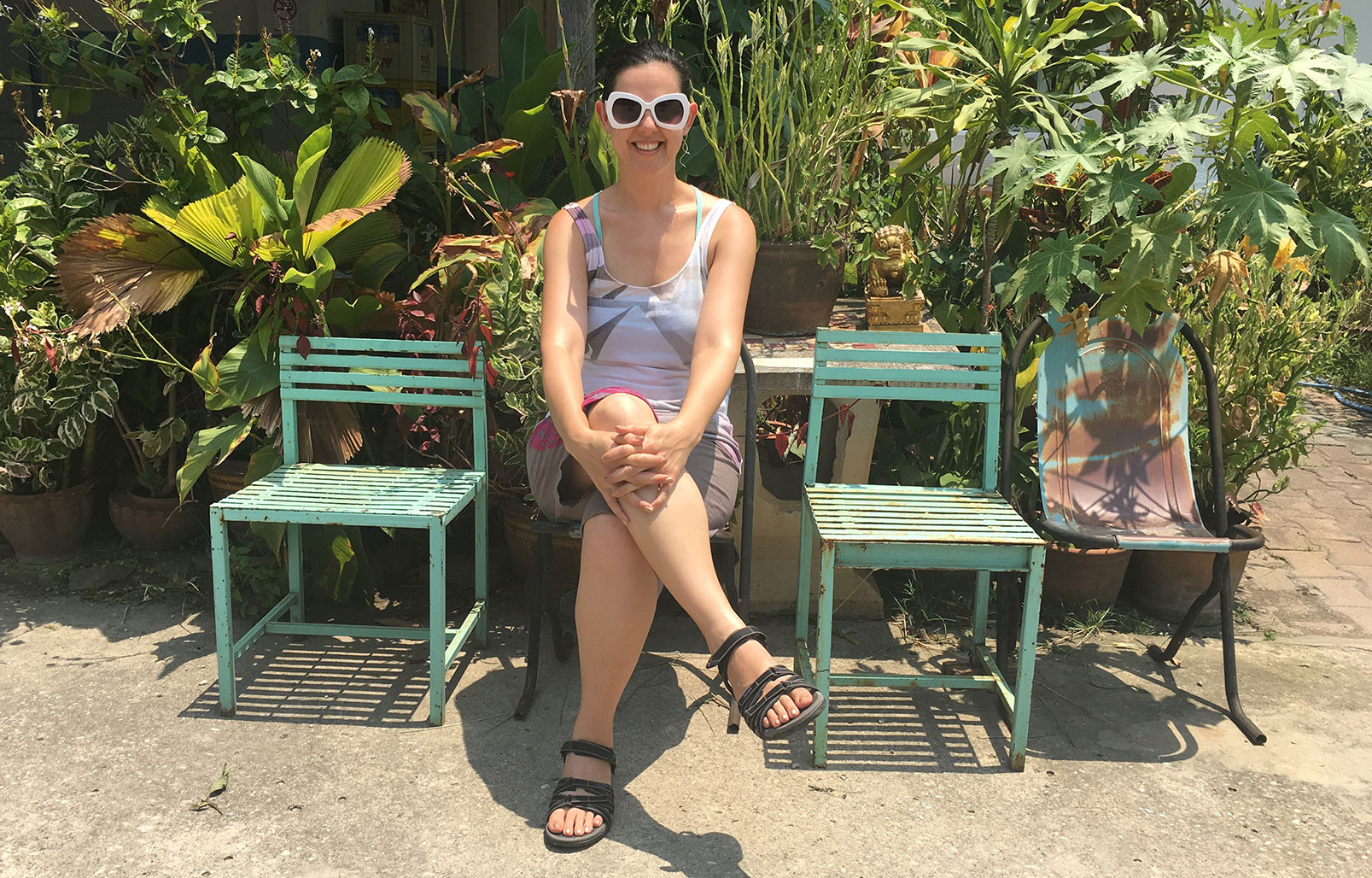
What principle or value have you carried with you along the way, and where did you first hear it?
A mentor once showed me that honesty and transparency are the most important qualities of a leader. Even if it sometimes feels challenging, I always err on the side of transparency and radical candor. Direct communication builds trust. Trust leads to safety. And safety leads to innovation and growth. As designers, it’s really important that we feel safe enough to experiment—to try things, to stay curious, and to sometimes fail. I’m committed to creating an environment where this is possible.
What are you most excited for as you grow in your role at Asana?
In the next year, I’m most excited to help grow the Design team and scale the company to new offices. We recently opened up a Vancouver office so now Design is operating out of San Francisco, New York, and Vancouver. I’m excited to work with designers in all of those offices, and to help Asana be a design-led company.
I’m also excited to continue to learn and grow as a manager and leader. One of the things I’m focused on this year is improving my coaching skills.
My advice to new Asanas would be to not hesitate to share their thoughts or perceptions, and to continually ask questions.
If you could give someone new to Asana one piece of advice, what would it be?
Something that has really stood out for me in my first couple of months is that everyone I work with at Asana is truly open to feedback and suggestions. Curiosity and a commitment to learning is embedded in the culture, and people really embody this. There is a humility and openness that I haven’t experienced elsewhere to the same degree. Feedback is given and received gracefully, and it feels like everyone is committed to learning and growth.
My advice to new Asanas would be to not hesitate to share their thoughts or perceptions, and to continually ask questions. People really want to hear all of your suggestions and ideas and your fresh perspective and feedback is highly valued! Everyone’s voice here is important and there’s a ton of potential to have real impact.
Come work with Sara and the rest of the Product Design team—we’re looking for passionate, creative people to help us grow. Check out all our open roles!
